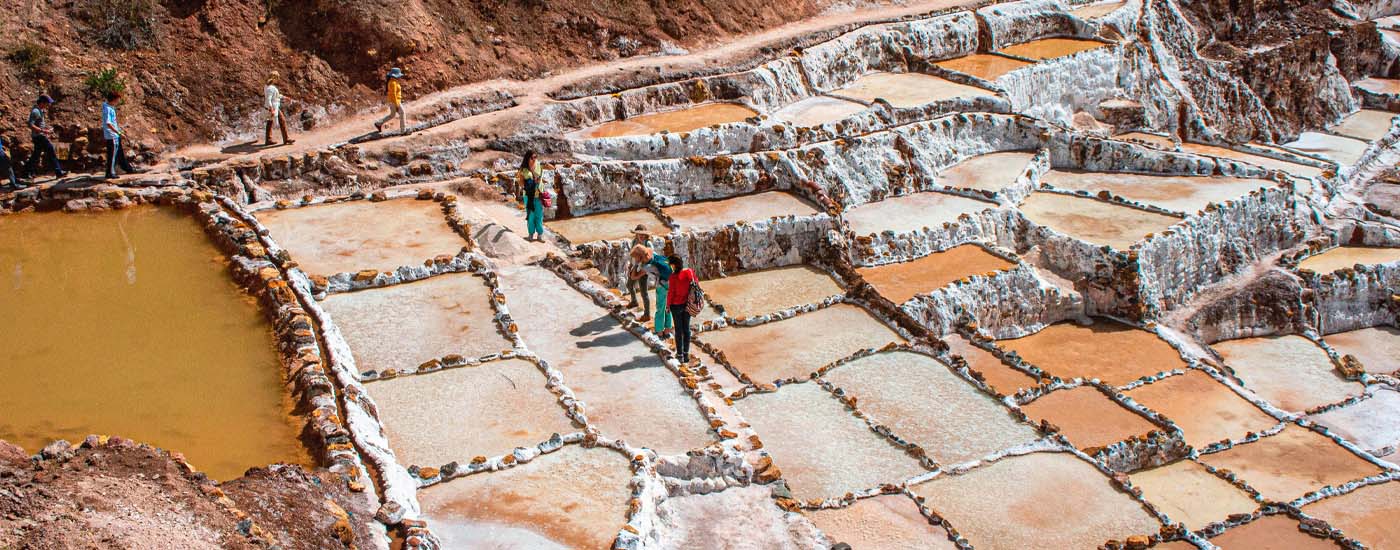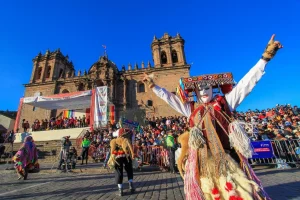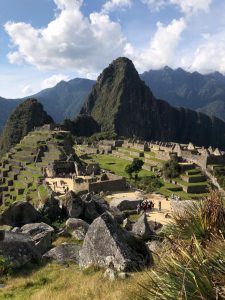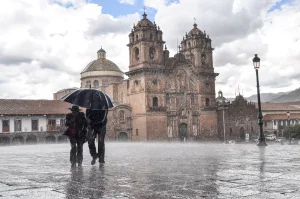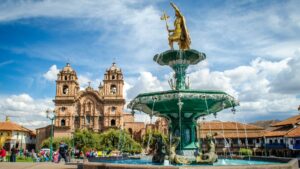When writing about something as spectacular as the Maras salt mines, one has to dig deep into the vocabulary to find words other than amazing. Words like Spectacular, Fascinating or what about Prodigious, could all be used to describe Maras salt mines. For centuries Maras has been producing top quality salt while being surrounded by the beautiful landscape of the Andes Mountains.
The terraced salt pans, meticulously constructed over centuries, define the landscape of the Maras Salt Mines. These geometrically arranged pools cascade down the mountainside, creating a stunning visual spectacle showcasing the ancient engineering techniques. Travel back to the time of the Inca and experience Maras which today is still a fully functioning Salt Mine.
History of Maras Salt Mines
The Wari civilization is believed by historians to have built the salt mines somewhere between 500 to 1100 AD. After the Incas gained control of the Cusco region, they seized the opportunity and began production of salt mines. Salt was a very important mineral for the Inca empire. All that was extracted from the salt mines were used for human consumption, livestock and were also given other uses such as for food storage and even human mummifications. Most of the history is based on oral tradition.
What is Maras Today?
The production of salt remains exactly the same as it did for around 500 years, as the Inca produced the salt, so the people do so today. Every pond is around 14 square feet and they vary in shape. Today local families own the ponds and sell what they have produced nationally and to tourists. Over 3,000 ponds, locally owned by 600 local families, which makes up the picturesque Maras. Thousands of tourists visit the site every year, helping with the economy of the area.
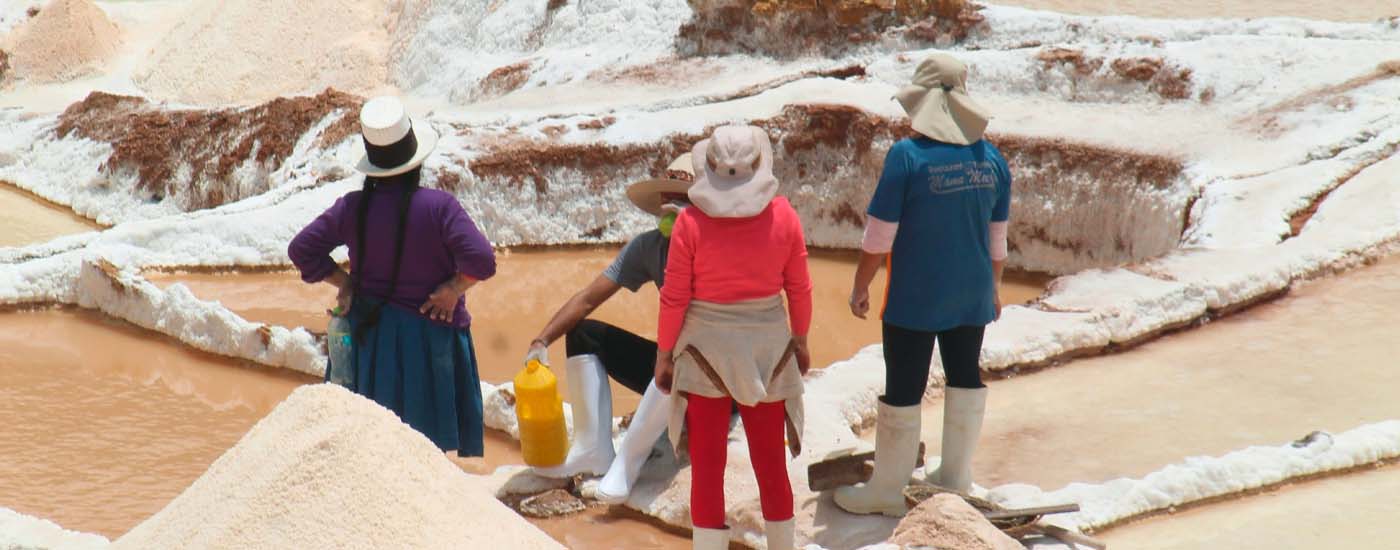
How does it work?
When the ponds are full with salt water, the stream is closed. Once the water evaporates, the crystalized salt which is left behind is carefully extracted with shovels and wooden rakes by local family members. When all is extracted, the streams are opened, the ponds are filled with salt water and the process is repeated again.
Location
The Salt Mines of Maras are located 50 km in the northeast of Cusco city. Geographically, they are located in the lower part of the sub-basin and left bank of the Salineras stream, towards its mouth in the river Vilcanota river. The site has an altitude of around 3200 meters above sea level.
How to get to Maras Salt Mines.
A Tour
The most popular way is with a tour. A group tour will pick you up directly from your hotel in a mini-van and usually also combine the tour with Moray ruins visit. In a Maras tour, visit the salt mines with a local expert guide who will teach you all there is to know about Maras. Take all the breathtaking pictures that you can and stop by the shop and pick up some local souvenirs.
Private tour
Hire a van and a guide and make your way to Maras. Enjoy the day at your own pace and ask as many questions as you can to learn about the history and purpose of Maras.
Bus from Cusco
If looking to just go on your own, as the locals would, there are a few more steps to take. Starting from Cusco, take a colectivo (shared taxi) to Urubamba but let the driver know you’re getting off at Maras. Once there, take a 15-minute taxi ride to the salt mines.
Best Time to visit
Time of year. The best time to visit the Maras salt mines is during the dry season, between May and October. The dry season means nicer weather and prettier colors. During the wet season (December-March), the salt is more brownish in color, whereas as when the dry months (May-September) roll in the sun evaporates the water and that bright snowy color comes through.
Time of day. The hours you can visit Maras salt mines are from 8 a.m. to 5 p.m. If you don’t like crowds, get there when it opens. Most groups don’t start entering until around 9:30-10 a.m. For the photographers if you’re looking for that perfect photo, late afternoon when the light is more balanced is the best time to snap a photo that captures the unique colors of the mines.
Entrance Fee
There is a fee to enter the Salt Mines the cost per person is soles 20 per person
What to do in and around Maras
ATV
For a touch of adventure, hop on a 4-wheel ATV (quad bike) and travel through the Sacred Valley. Make stops at the Maras salt pans and the Moray archaeological site.
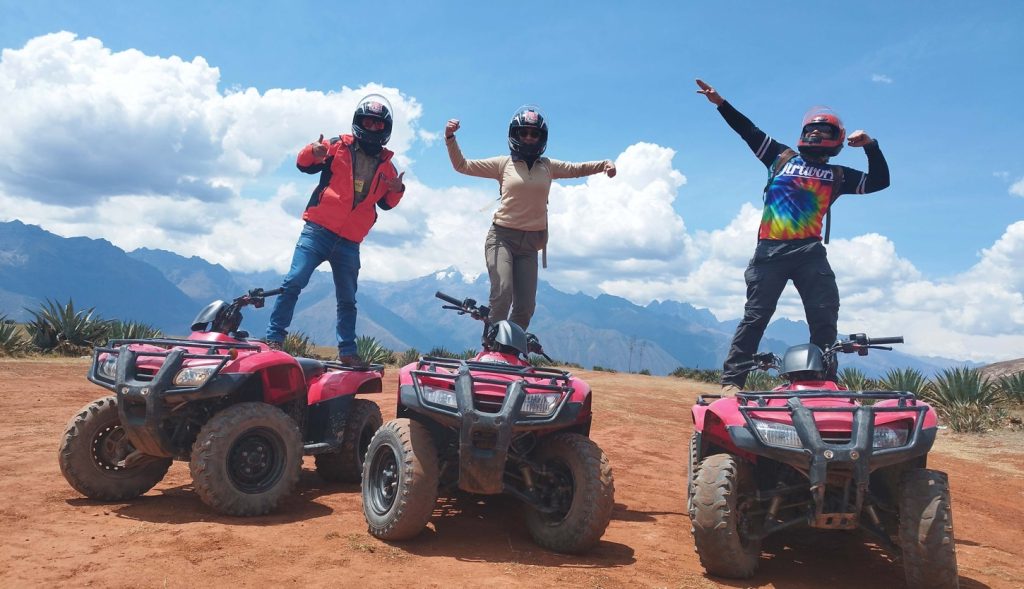
Horse Back Riding
Feel the wind in your hair as you horseback ride through the picture-perfect scenery of the Sacred Valley. Stop at many scenic viewpoints, with the highlights being the otherworldly Maras salt pans and Moray ruins.
Mountain Biking
The dirt trails of the Sacred Valley are a biker’s dream, this would be one of the most exciting routes to Maras and Moray. The first stop is Moray followed shortly after by Maras.
Hiking
Why not hike through the valley by foot – getting up close and personal with the sights, discovering little known gems, and getting some exercise. A half day hike makes stops at the Moray archaeological site and the ancient Inca Maras salt ponds.
Foodies
MIL Restaurant
In 2018, renowned chef Virgilio Martinez established Mil Restaurant, on the edge of the Moray ruins, highly inspired by the history of the Moray ruins, he was inspired and wanted to continue with the agricultural experimentation the Incas began. Virgilio Martinez uses long-standing traditions of crop cultivation in his food philosophy. His success comes from the execution of his food philosophies through high-quality ingredients, mindful cultivation practices, and expert preparation. He creates innovative dishes you won’t find anywhere else but at MIL restaurant. Booking is essential but what an experience for the foodies out there.
Maras Pink Salt
Maras pink salt is harvested by hand from the magnificent salt ponds of Maras in the Sacred Valley. Local families mine and sell the salt to local markets and at the site to the many visitors who pass each day. The salt itself has a beautiful pale pink color, and is coarse and uneven in texture. It has a more mild, complex flavor than table salt, the perfect addition to any culinary creation.
Whilst in Cusco and the Sacred do not miss the opportunity to visit the Salt mines at Maras, nothing else compares with this amazing place. Maras has long standing traditions that are still followed today. See the locals at work and maybe even purchase a product or 2 to help support the local community. Don’t miss out.

